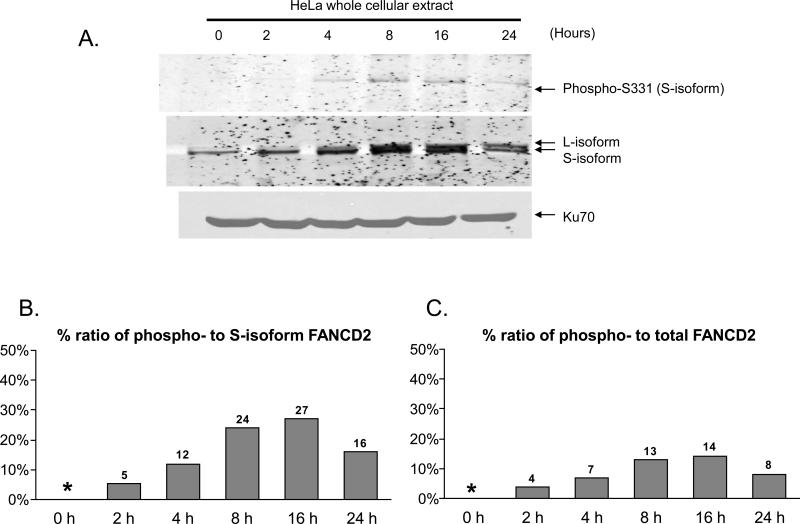Figure 4. Serine 331 phosphorylation is inducible in response to DNA damage.
A) Temporal pattern of phosphorylation at serine 331 is similar to that of inducible monoubiquitylation. HeLa cells were treated with 0.5 μM MMC for the indicated time interval followed by immunoblotting. Expression of phospho-FANCD2 was increased by 8 hours following MMC treatment. The temporal pattern of inducible phosphorylation is similar to that of monoubiquitylation of FANCD2. Furthermore, the phospho-FANCD2 comigrated with unmonoubiquitylated FANCD2 (S-isoform). Ku70 immunoblot served as a loading control.
B) Percentage of ratio of the phospho-specific signals to corresponding total FANCD2 signals. To quantify the amount of phosphorylated FANCD2 relative to total FANCD2 following DNA damage, the immunoblot images above were analyzed further by ImageJ to calculate the ratio of the intensity of phospho-specific signal to corresponding intensity of S-isoform. The results confirmed that not only the total level but the proportion of phospho-FANCD2 as well were increased and peaked around 8~16 hours following MMC treatment. * indicates data not applicable.

